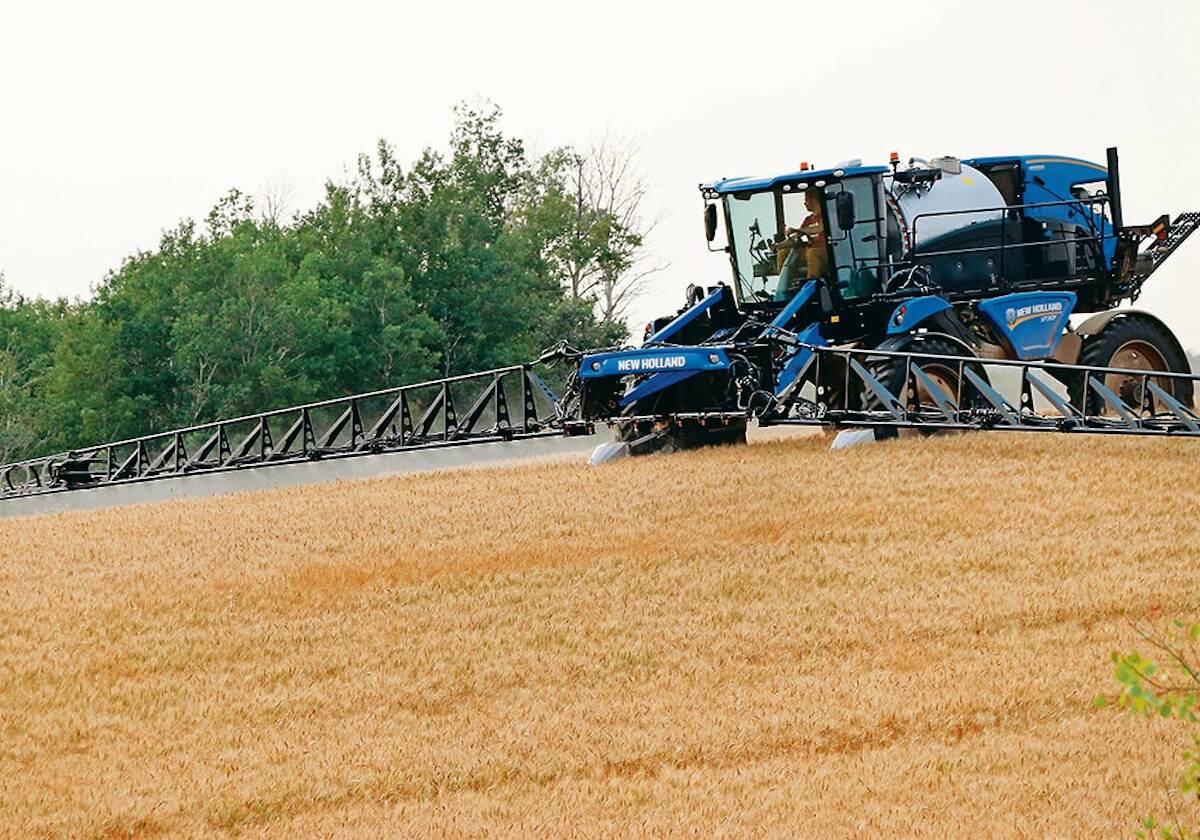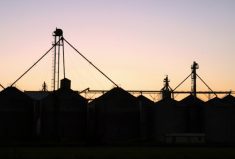Canada has a brewing weed problem, and we’re not talking about the looming legalization of cannabis.
This is an older problem, but with a modern twist, in the form of constant selection pressure from chemical control products and the resulting herbicide-resistant weeds.
Manitoba farmers have the dubious distinction of being among the first in the world to have to deal with this issue.
One of the earliest observed problems was Group 1 resistance, which first appeared in 1990, and continues to be a problem in wild oat. Later Group 2 resistance was seen in cleavers in the Parkland region.
Read Also

Farming still has digital walls to scale
Canadian farms still face the same obstacles to adopting digital agriculture technology, despite the years industry and policy makers have had to break them down.
Thanks to decades of extension efforts on the part of government and industry, most farmers are well versed in how selection pressure — using the same active ingredients on the same crops year after year — will contribute to resistance.
They also understand the measures they must take to slow or curtail their spread.
Yet the problem continues to grow, as Alexis Stockford reports in our May 17 issue. The 2016 Manitoba survey of resistant weeds revealed the problem has spread to 5.4 million acres, up from 1.4 million in the 2008 survey.
Hugh Beckie, a research scientist with Agriculture and Agri-Food Canada in Saskatoon, says Canada ranks No. 3 globally in weed resistance, behind only the U.S. and France. It’s a pan-Canadian problem too, he says, noting Western and Eastern Canada have roughly the same number of resistant weeds.
Glyphosate-resistant kochia was found last year in another RM bringing the total to six, with one more possible confirmation pending lab tests. The survey noted a large increase in wild oat resistance.
The situation is becoming a pressing danger to grain production in Western Canada.
There are plenty of examples elsewhere of what happens if farmers continue to pretend it won’t happen to them. It’s costing Australian farmers billions of dollars annually and has driven some to collect and burn weed seeds and even take some land out of crop production entirely.
The situation in the southern U.S. isn’t much better. In Georgia cotton growers have been reduced to the once unthinkable, returning to hand weeding their crops to eliminate glyphosate-resistant Palmer amaranth.
The good news is Western Canada isn’t there yet, and there are still tools left to be tried on the problem, including a wide array of cultural practices that don’t rely on chemistry.
That’s going to be the key to cutting this problem down to size, rather than just relying on more and different chemicals. The truth is, there are only a limited number of those products and the industry response has been to develop more combinations of the existing lineup than develop new ones. The high cost of development, testing and getting approval for new active ingredients makes it unlikely a new chemical solution is on the horizon.
Relying on tank mixes can help forestall the problem, but unless it’s addressed at the root cause, even those strategies will fail over time. When it comes to selection pressure, it’s a straight numbers game.
Speaking to our sister publication Alberta Farmer last winter, Hugh Beckie noted that when it comes to glyphosate, the numbers are big.
“In 2012, glyphosate usage was bigger than the next 12 combined,” he said. “It’s all about glyphosate now, or glyphosate mixtures, so we have to be careful about glyphosate selection pressures in particular. Glyphosate-resistant weeds worldwide are increasing.”
With the reduced-tillage systems that have become so prevalent in recent years relying on glyphosate for affordable and effective non-selective weed control in the spring, the case for action is even more pressing.
Tillage is the immediate fallback for farmers. But again, there’s plenty of evidence to show that’s not a soil healthy alternative either. Tillage not only exposes the soil to erosion, it disrupts the biological community living below the surface. Healthy soil is key to having a healthy crop that can compete vigorously against the weeds.
There are alternative strategies that can extend the life of chemical pest control, whether it’s adding new crops to your rotations, growing two crops such as peas and canola in the same field, using cover crops or planting a forage crop to get weed populations under control.
Making these plans and executing them is more mental work than filling up the sprayer with the latest tank mix on the market, but it’s about keeping your options open.
Unfortunately this is one of those slow-motion disasters that can be easy to ignore — until it’s too late.



















